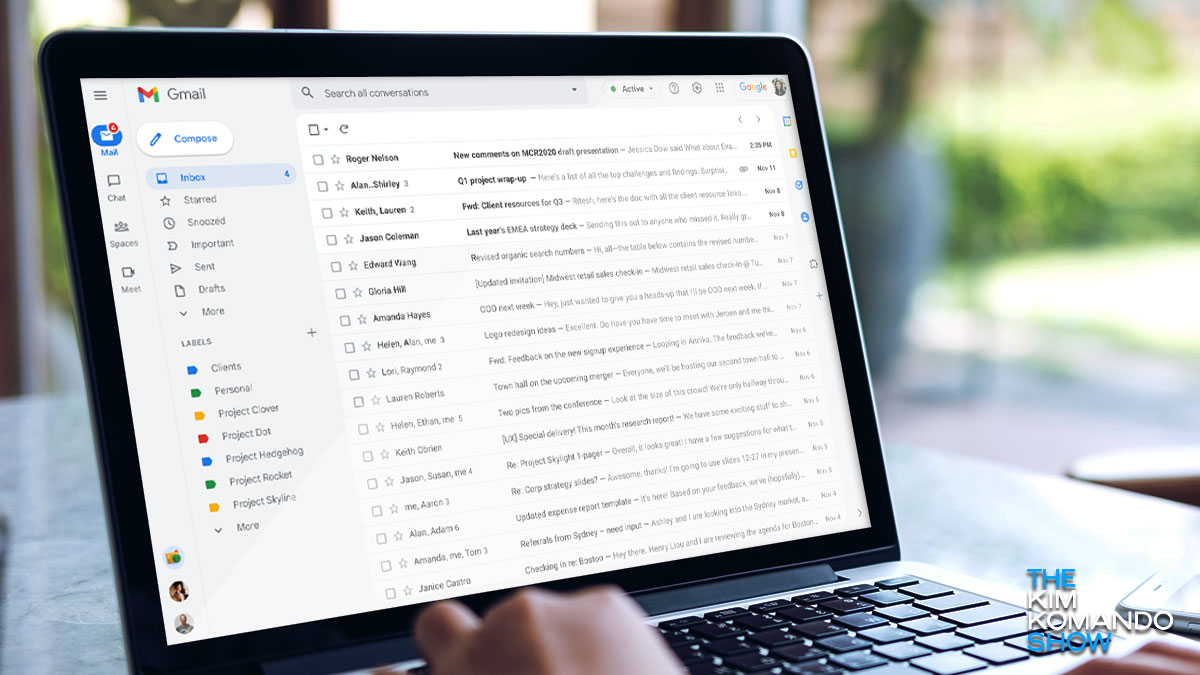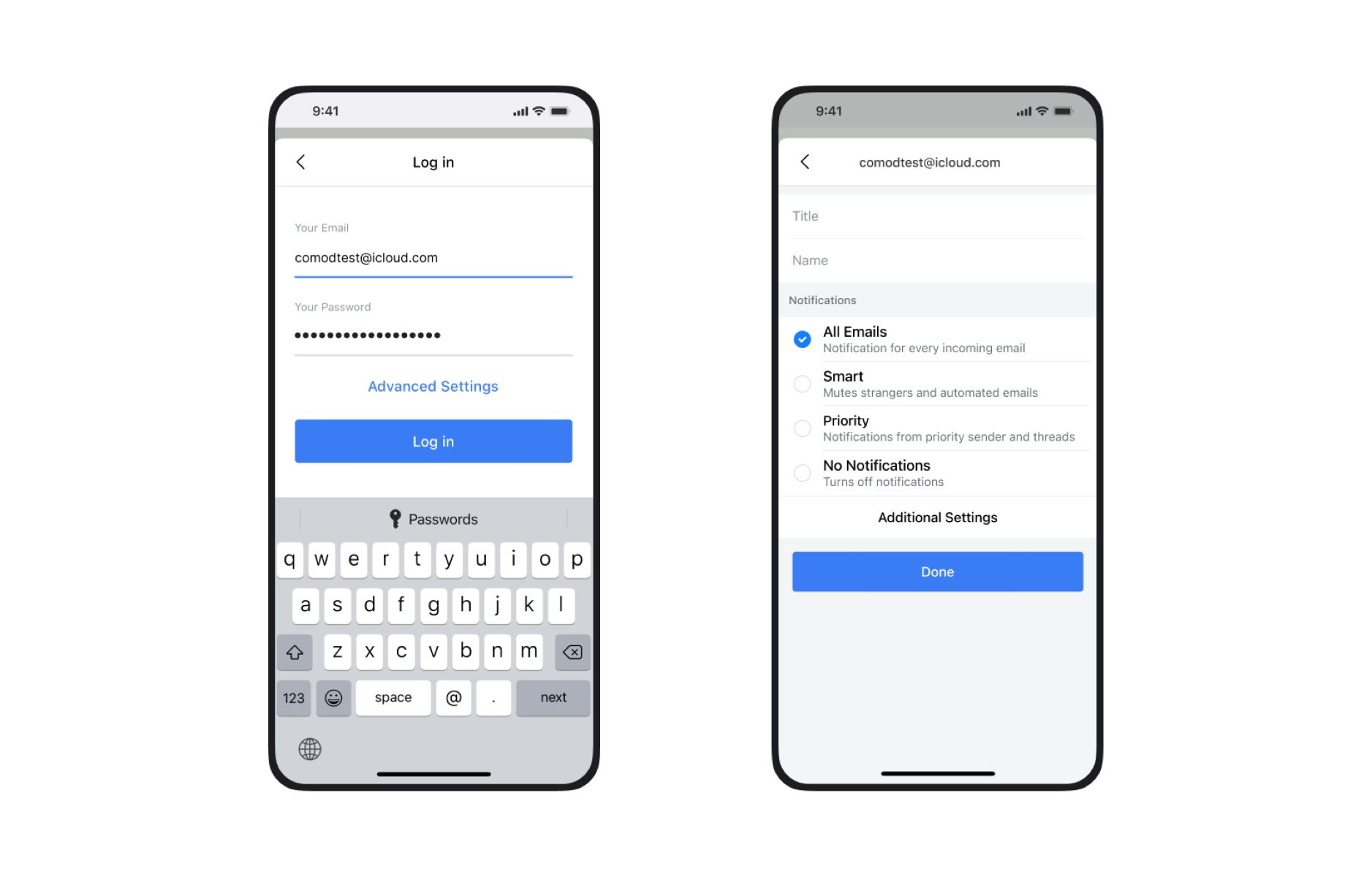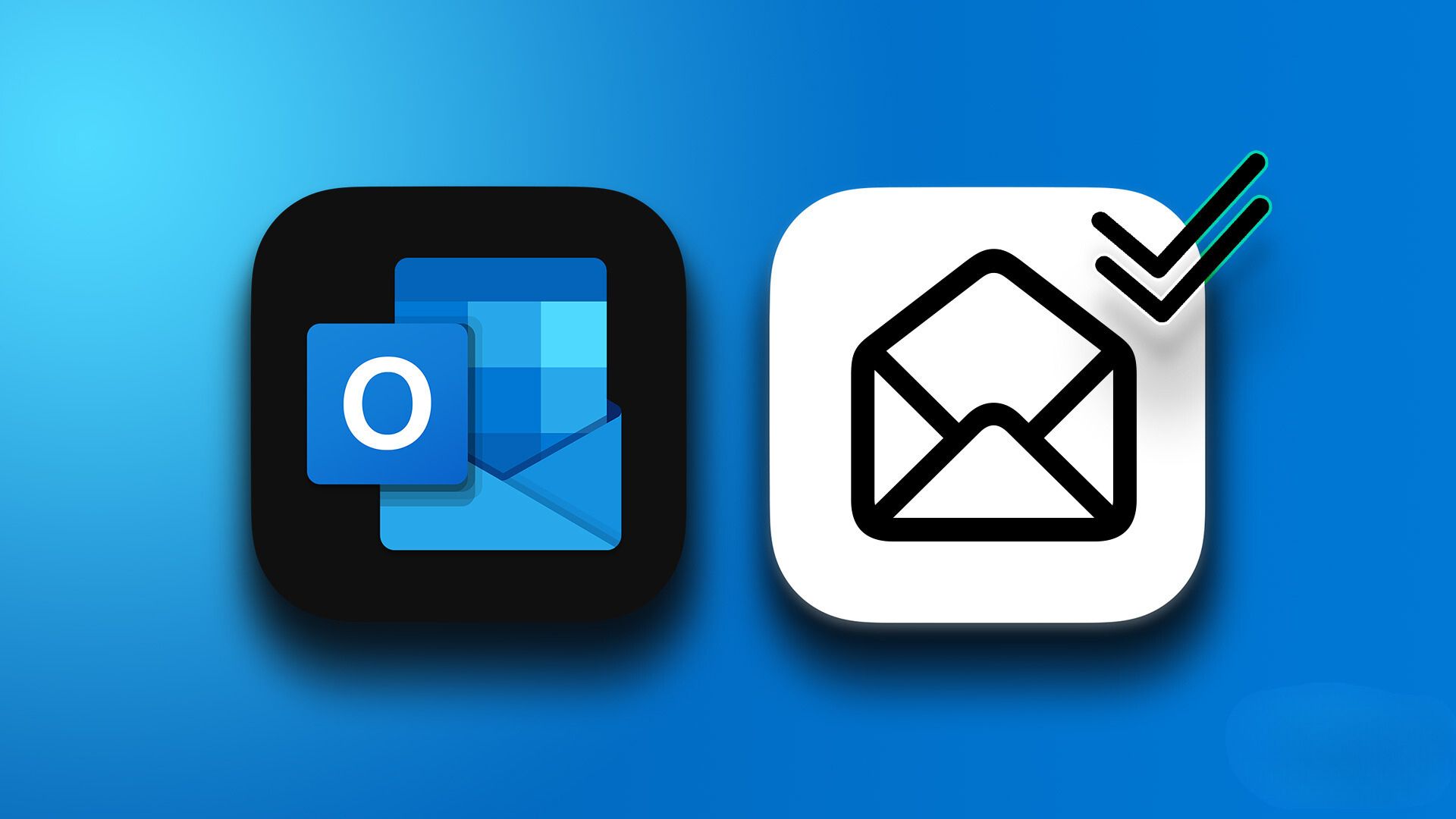Overview of Re in Email
When it comes to email communication, you have likely come across the term “Re” or “RE” in the subject line or body of an email. But what does it actually mean? Re stands for “regarding” or “in reference to” and is used to indicate that the email is about a specific topic or in response to a previous message. It serves as a way to provide context and helps the recipient understand the purpose of the email at a glance.
The use of Re in email is similar to the subject line in a letter or a memo. It allows the sender to provide a brief summary of the content and makes it easier for the recipient to prioritize and organize their emails. Whether you are responding to an ongoing conversation or starting a new one, using Re in the subject line helps establish clear communication and ensures that the email is relevant to the recipient.
By including Re in the subject line, you are signaling to the recipient that your email is related to a specific topic or thread. This helps in distinguishing your email from other messages in their inbox and prevents it from being overlooked or mistaken for spam. Additionally, when recipients search for emails in their inbox, the Re keyword can be used as a filter to locate specific conversations or chains of emails.
Using Re in the body of an email is also common, especially when you are referring to a specific part of a previous message. It allows you to quote the relevant content or highlight specific points to provide context for your response. This makes it easier for the recipient to understand your message and facilitates a more efficient and meaningful exchange.
Overall, the use of Re in email helps to facilitate effective communication. It conveys the subject and purpose of the email and helps both the sender and recipient stay organized and focused. Whether you are replying to a previous message or starting a new conversation, incorporating Re in your email can improve clarity and ensure that your message is received and understood.
The Purpose of Re in Email
The purpose of using Re in email is to provide clarity and context to your message. When you include Re in the subject line or body of an email, you are indicating that the email is related to a specific topic or in response to a previous message. This helps both the sender and recipient understand the purpose of the email and ensures that it is relevant to the ongoing conversation.
One of the key purposes of using Re in email is to distinguish your message from other emails in the recipient’s inbox. By including Re in the subject line, you are giving a clear indication of what the email is about, making it easier for the recipient to prioritize and filter their emails. This is particularly useful in busy email environments where individuals receive numerous messages each day.
Another purpose of using Re is to make it easier for the recipient to search for and locate specific conversations or threads in their email history. When emails are organized using Re, it becomes simpler to navigate through past messages and retrive information. This is especially helpful when you need to refer back to a previous discussion or revisit important details.
Using Re in email also facilitates efficient communication. When you reply to an email or start a new thread with Re, it enables the recipient to quickly understand the context of your message. This helps in keeping the conversation focused and ensures that both parties are on the same page. It also helps prevent any confusion or miscommunication that may arise due to lack of context.
Furthermore, the purpose of using Re in the body of an email is to reference and quote specific parts of a previous message. This helps provide context for your response and ensures that the recipient can easily grasp the connection between the two messages. By referencing the original email, you create a more coherent and coherent exchange of information.
In summary, the purpose of using Re in email is to provide clarity, context, and efficient communication. It helps distinguish your message, enables easy retrieval of information, and ensures that both parties understand the purpose and context of the email. By incorporating Re in your email communication, you can enhance the effectiveness and productivity of your conversations.
Common Usages of Re in Email
Re is a commonly used abbreviation in email communication and serves various purposes. Here are some of the common usages of Re in email:
- Replying to a message: One of the most common uses of Re in email is to indicate that you are replying to a message. When you receive an email and want to respond to it, you can use Re in the subject line to let the sender know that you are acknowledging and addressing their message.
- Continuing a conversation: Re is often used in the subject line to indicate that your email is a continuation of an ongoing conversation. This helps in keeping track of the discussion and ensures that all parties involved are aware of the previous messages exchanged.
- Referencing a previous message: When you want to refer to a specific part of a previous email in your response, you can use Re in the body of the email. This helps provide context for your message and allows the recipient to quickly understand the connection between the two messages.
- Adding additional information: Re is also used to add new information or updates to a previous email thread. By using Re in the subject line or body, you can indicate that your email contains important updates or supplementary details related to the original message.
- Forwarding an email: When you forward an email to someone else, you can use Re in the subject line to indicate that it is a forwarded message. This notifies the recipient that the email is not an original message from you but rather a forwarded communication.
- Resending an email: If an email you previously sent did not reach the recipient or if you need to resend it for any reason, you can include Re in the subject line to indicate that it is a re-sent message. This alerts the recipient that they may have seen the content before.
These are just a few examples of the common usages of Re in email. By utilizing Re in your email communication, you can ensure better clarity, organization, and effective communication with your recipients.
Best Practices for Using Re in Email
While using Re in email communication can greatly enhance clarity and organization, it is important to follow certain best practices to ensure effective use. Here are some guidelines for using Re in email:
- Be concise: When adding Re to the subject line, try to keep it brief and to the point. Use relevant keywords that accurately summarize the content or purpose of your email.
- Use proper formatting: To make Re stand out in the subject line, consider using all capital letters or enclosing it in square brackets. This helps the recipient quickly identify that the email is related to a specific topic or in response to a previous message.
- Include context in the body: When using Re in the body of the email, be sure to provide enough context by referencing the original message or including relevant excerpts. This ensures that the recipient can easily understand the connection between the two messages.
- Respond directly: When replying to an email, try to address specific points or questions raised in the original message. This shows that you have read and understood the content, and it helps maintain a focused and productive conversation.
- Avoid excessive use: While using Re facilitates organization, be mindful of overusing it. Only include Re when necessary, such as in ongoing conversations or when referring to previous messages. Excessive use of Re may make the email subject line crowded and confusing.
- Check for relevance: Before including Re in the subject line, make sure that your email is truly relevant to the previous conversation or topic. Avoid using Re if the email does not directly pertain to the previous message thread, to prevent confusion or misleading associations.
- Proofread your emails: It is important to proofread and review your emails before sending them. Check for any typos or formatting errors in the Re portion of the subject line or body, as these can negatively impact the clarity and professional appearance of your message.
Following these best practices when using Re in your email communication can enhance the effectiveness and efficiency of your correspondence. It ensures that your messages are clear, concise, and relevant to the ongoing conversation, leading to improved communication with your recipients.
How Re Works in Email Clients
Re in email works as a way to organize and categorize messages in email clients. Email clients, such as Gmail, Outlook, or Apple Mail, utilize the Re keyword to interpret and handle emails. Understanding how Re works in email clients can help you effectively organize and manage your emails.
Email clients utilize algorithms that scan the subject line and body of incoming emails to determine their relevance and categorize them accordingly. When an email with Re in the subject line is received, the email client recognizes it as a response or a continuation of a previous conversation.
Once identified, email clients often group these emails together in conversation threads, making it easier for users to follow and manage the entire conversation in a single thread. This feature helps in organizing related emails, reducing clutter, and providing a structured view of the communication history.
When you open an email client and view a conversation thread, you typically see the most recent email at the top, followed by earlier emails in chronological order. Each email in the thread retains its original subject line with the Re prefix, allowing users to quickly understand the context of the conversation.
Replying to an email in an email client automatically includes the Re keyword in the subject line to signify that it is a response. This ensures that the recipient can easily identify it as a reply and maintain the flow of the conversation. Some email clients also append the previous message or parts of it in the body of the reply, further providing context and aiding in understanding.
It’s important to note that while the Re keyword is widely recognized and utilized in email clients, its exact implementation may vary slightly between different platforms. Some email clients may use different keywords to identify replies, while others may use localized equivalents. However, the underlying concept remains the same – to organize related emails and maintain the context of the conversation.
Understanding how Re works in email clients can help you make the most out of your email organization and management. By leveraging this feature, you can easily track and follow conversations, locate specific emails, and ensure efficient communication with your recipients.
Tips for Managing Re in Email
Effectively managing Re in your email communication is key to staying organized and ensuring smooth conversations. Here are some useful tips for managing Re in email:
- Keep subject lines clear: When replying to an email or starting a new thread, use a clear and concise subject line that accurately reflects the content of the email. Including Re followed by a brief summary of the topic can help recipients quickly identify the purpose of the email.
- Use filters and folders: Take advantage of email filters and folders to automatically organize emails with Re. Set up filters to sort incoming emails based on Re or specific keywords, and create dedicated folders to store conversations related to specific topics or projects.
- Archive or delete completed conversations: Once a conversation is complete or no longer relevant, consider archiving or deleting the emails to declutter your inbox. Keeping your inbox tidy aids in efficient email management and prevents confusion or missed messages.
- Utilize search functionality: When you need to retrieve specific emails or information from past conversations, use the search function in your email client. By entering relevant keywords or phrases related to the conversation, you can quickly locate the desired email thread.
- Be mindful of email etiquette: When replying to an email thread, ensure that you reply to the appropriate message and quote only the relevant parts. This helps in maintaining clarity and readability within the conversation. Avoid including unnecessary or unrelated content that may confuse recipients.
- Regularly review and prioritize: Regularly review your email conversations and prioritize your responses based on urgency and importance. This ensures that important messages are not overlooked or delayed in the midst of multiple conversations.
- Stay organized with labels or tags: Some email clients allow you to label or tag emails with customized identifiers. Consider using labels or tags to further categorize and classify your emails, making it easier to locate specific conversations later on.
- Take advantage of collaboration tools: If you are part of a team or project that involves ongoing email conversations, consider utilizing collaboration tools or project management platforms to centralize communication. These tools often have features that facilitate conversation tracking and collaboration, making it easier to manage and follow the progress of discussions.
By implementing these tips for managing Re in email, you can improve your email organization, reduce clutter, and ensure efficient communication with your recipients. The key is to find a system that works best for you and consistently apply these practices to your email management routine.
How Re Impacts Email Communication
The use of Re in email communication has a significant impact on how we engage with and manage our emails. Here are some key ways in which Re impacts email communication:
Clear and concise subject lines: Re in the subject line helps provide a brief summary of the email’s content or purpose. It allows recipients to quickly understand the topic at hand, making it easier to prioritize and categorize emails in their inbox.
Organization and categorization: The use of Re enables email clients to group related emails into conversation threads. This feature helps in organizing and structuring email conversations, making it easier to track and follow the flow of communication.
Efficient navigation and retrieval: Re allows users to easily locate and retrieve specific emails or conversations using search functions. By using Re as a filter, users can quickly find and review past discussions without having to scroll through countless unrelated emails.
Contextual understanding: When used in the body of an email, Re provides context and references to previous messages. This helps in maintaining a clear and coherent conversation flow, as recipients can easily understand the connection between the current message and its preceding context.
Prioritization and response management: Re helps recipients prioritize their emails by indicating which ones require a response or attention. By using Re, senders make it clear that their email is a direct response or continuation of a previous conversation, ensuring that recipients know it requires their attention and action.
Effective collaboration: In collaborative environments, the use of Re aids in maintaining productive and focused communication. Team members can easily follow the discussion and track updates, contributing to efficient collaboration and decision-making processes.
Reduction of confusion and miscommunication: By using Re, email senders can ensure that their messages are relevant to the ongoing conversation and that recipients can easily follow the context. This helps to minimize confusion, misunderstanding, and the need for additional clarification emails.
Time-saving and productivity: Re enables users to quickly scan and identify emails that are part of ongoing conversations. This saves time by allowing users to focus on relevant emails and avoid unnecessary duplication or repetition of information.
Overall, the use of Re in email communication significantly impacts the way we organize, manage, and engage with our emails. It enhances clarity, organization, and efficiency, ultimately leading to improved communication and productivity in our email correspondence.

























